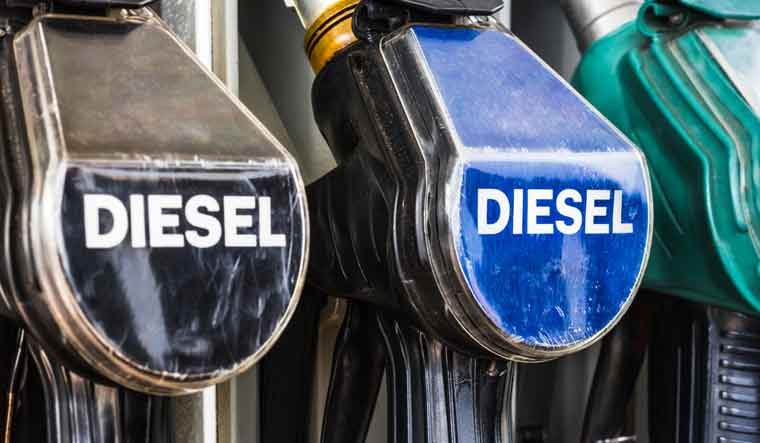
The automobile industry in India is at a crossroads, especially when it comes to the future of diesel cars. Once celebrated for their fuel efficiency and power, diesel vehicles are now facing increasing scrutiny and regulatory challenges. But what has led to this shift in perspective, and does it spell the end for diesel cars in one of the world’s largest automotive markets?
Over the past few years, environmental concerns have taken center stage globally, with India being no exception. The country’s major cities are grappling with severe air pollution, prompting the government and environmental bodies to take stringent measures to curb emissions. Diesel cars, known for their higher particulate matter and NOx emissions compared to their petrol counterparts, have come under the spotlight. The introduction of Bharat Stage VI (BS-VI) emission standards, which are significantly stricter than the previous iterations, has been a game-changer. These standards require substantial modifications to diesel engines, making the manufacturing process more complex and costly.
Moreover, the price gap between diesel and petrol has been narrowing, diminishing one of the key advantages diesel cars had over petrol ones. This change, coupled with the increasing availability and popularity of electric vehicles (EVs), has led consumers to reconsider their vehicle preferences. Automakers are also recalibrating their strategies, with many shifting focus towards petrol, hybrid, and fully electric models in response to changing market dynamics and regulatory policies.
The final paragraph of this narrative reveals a critical juncture for diesel cars in India. While they are not likely to disappear overnight, their market share and popularity are undoubtedly diminishing. The combination of environmental regulations, changing consumer preferences, and advancements in alternative fuel technologies are steering India’s automobile industry away from diesel. This transition reflects a broader global trend towards cleaner and more sustainable modes of transportation, marking a significant shift in how vehicles are powered in the pursuit of reducing environmental impact.









































Leave a Reply